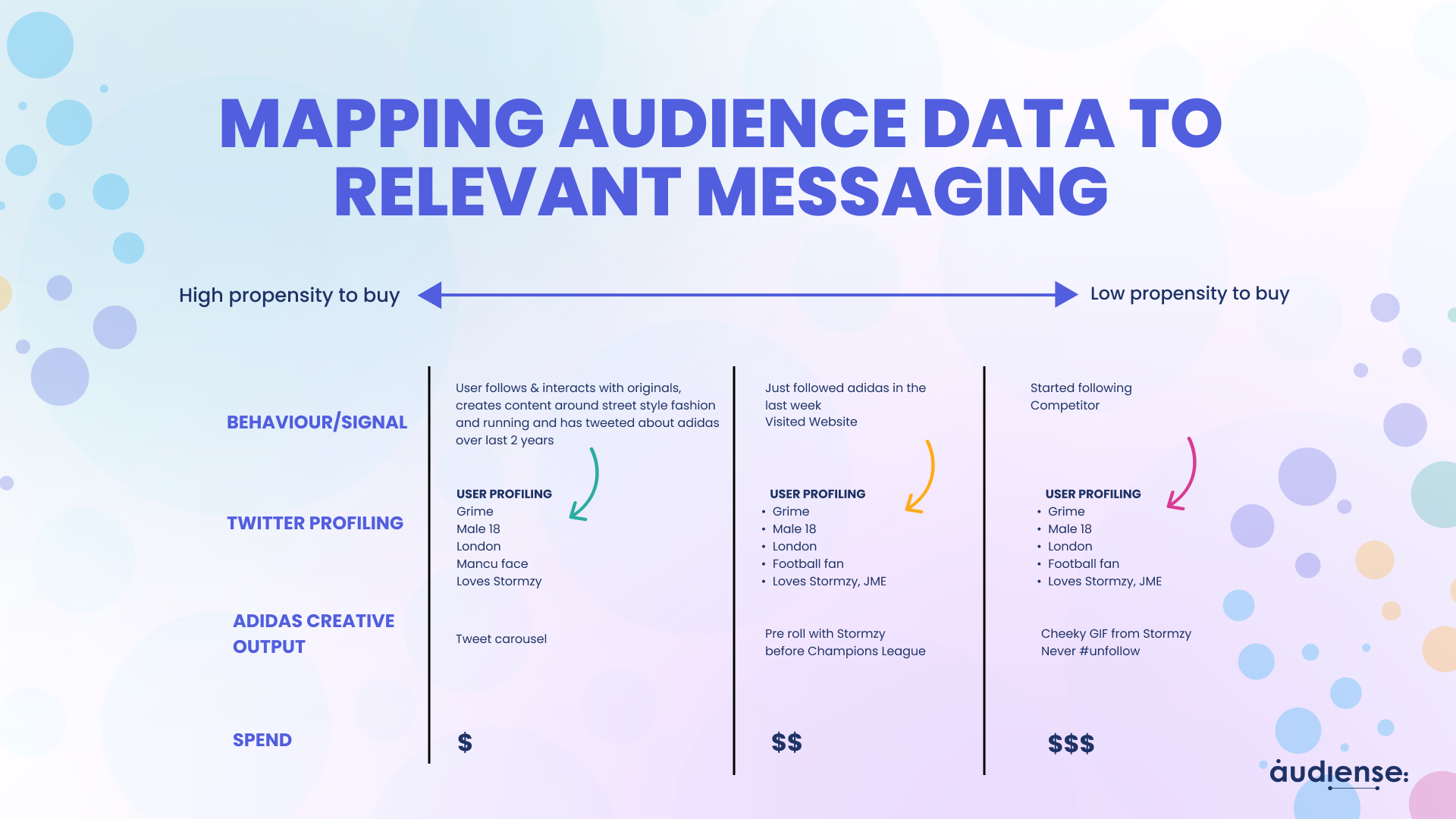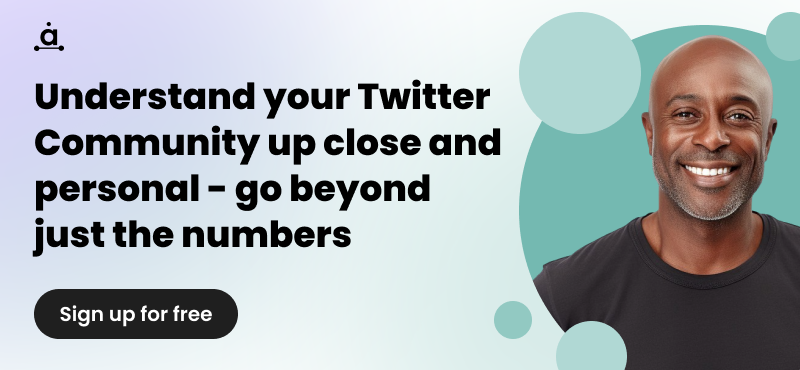How to use Twitter as part of your ABM strategy
Account-based marketing (ABM) is a B2B marketing strategy where sales and marketing collaborate to customize the buying experience for targeted accounts. In this partnership, it’s the marketing team’s job to attract these target accounts by laying the foundation and metaphorically passing the baton for sales to close. Companies that achieve this alignment between sales and marketing can see a 208% growth in their marketing revenue.
Account-based marketing is used in larger B2B organizations because it enables you to directly target decision makers within specific companies or roles, which means time is spent on the prospects who are most likely to convert. This also means tailoring your messaging to your ideal customer and their pain points is crucial to success.
So where does Twitter come in?
Twitter presents the perfect opportunity to be a channel tailored to enhance the buying experience and round out your Account-based marketing strategy.
The partnership between sales and marketing
Whether you have a large team or collaborators or just a few, it’s important for your sales and marketing team members to have clear expectations and good working relationships.
Your organization’s sales team has insights into your customers that marketing doesn’t. Sales reps are speaking directly with your customers, so the sales team has an intimate knowledge of how your ideal customers think, operate, and communicate.
Research your ideal customers’ business
Working in partnership with Sales, find out the following about your ideal customers' business:
- Their objectives
- Their mission, vision, and values
- Business size
- What products or services they currently use
- Their revenue model
- How they invest in their business
To get aligned with your sales team and gain more insight into your ideal customers, consider partnering together to create a customer journey map, review recordings of sales calls, interview customers, or all three.
Research the decision-makers
Once you’ve established what type of organizations to target, go deeper and discover the people at those organizations you need to target. Find our their:
- Needs
- Pain points
- Customer journey
Now that you have this information, take it a step further by analyzing how your audience behaves online. Dive into your audience segments:
- What accounts does your ideal customer follow?
- What content does your ideal customer interact with?
- Can you get involved in these conversations?
- What brands are successful in this space?
Let’s look at an example with our Ideal customer persona (ICP) being HR professionals at a management level.
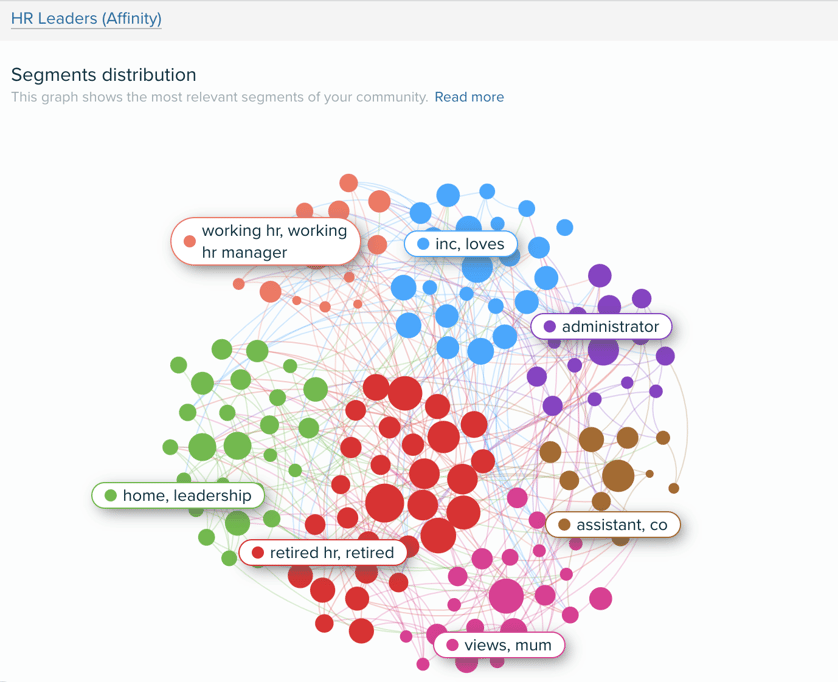
To find out more about our example ICP, we niche down within the customer segment to look at what matters to them.
You can run a similar report and create a shortlist of top brands or influencers your audience follows and engages with online. Using this example, you could explore partnering with HR Magazine since it’s clear it has a strong reach and a lot of followers that fall within your ICP.
You’ll also want to look through your shortlist and see if you can replicate or improve upon the kind of content they make that resonates with your audience.
When you have an open culture - where you can be your authentic self and talk openly to your manager about your your health & wellbeing, #presenteeism levels will go down. Great chairing by @RSuff at today's #Wellbeing panel #cipdACE pic.twitter.com/bF4cEFpKXs
— CIPD (@CIPD) November 4, 2021
In this example, one theme we see from the top brands is sharing content around wellbeing in the workplace. Can your brand post about topics that garner engagement from industry influencers?
Another tactic you can implement is engaging with these accounts themselves. Can you join the conversation by providing additional value or insight?
We want to know... pic.twitter.com/CRaRc5RmkJ
— SHRM (@SHRM) March 11, 2021
By joining the conversation, you’re meeting your audience where they are—in this case, in the comments. Doing this gets you on the radar of not just the industry influencers but the audience themselves.
Another research avenue to explore is diving into the personality of your ideal audience.
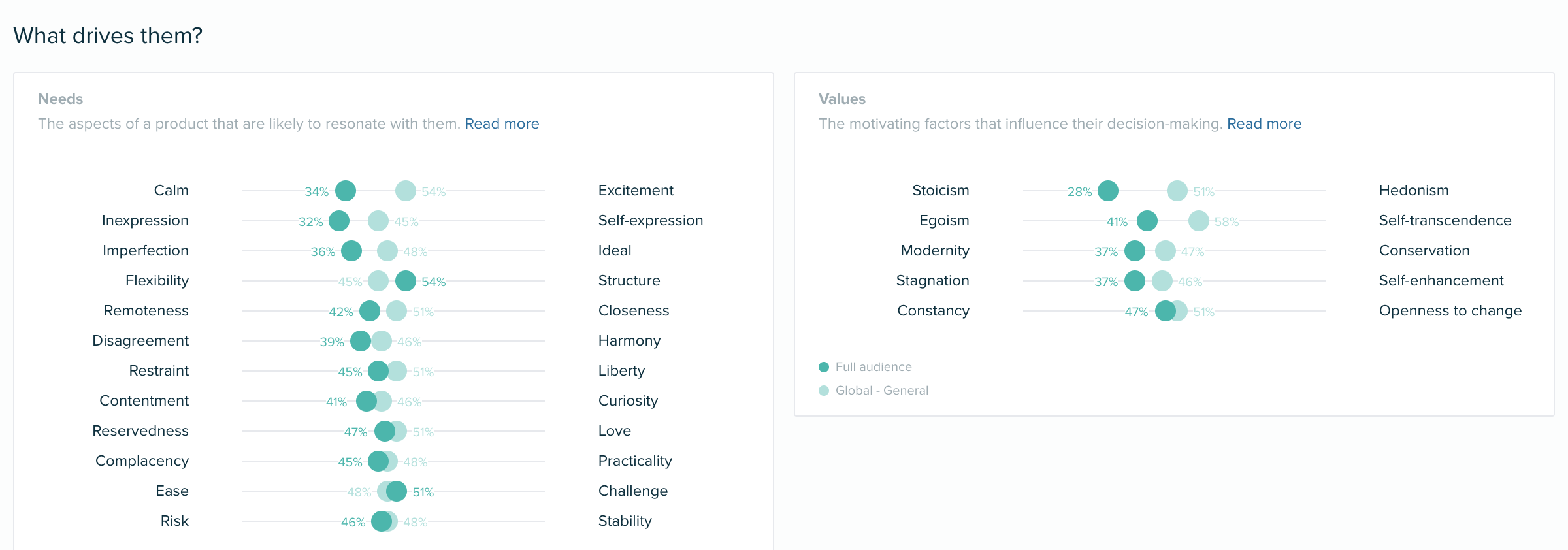
Are they calm or excitable? Do they prefer flexibility or structure? Are they expressive?
All of this information can be crucial in crafting your messaging to resonate with your ICP. Compare what you find with your brand guidelines: Is it in line with your company’s voice and tone? Or is there a schism between how your brand speaks and how your audience likes to communicate? If there’s a gap, you may have some work to do to ensure you can reach your audience…
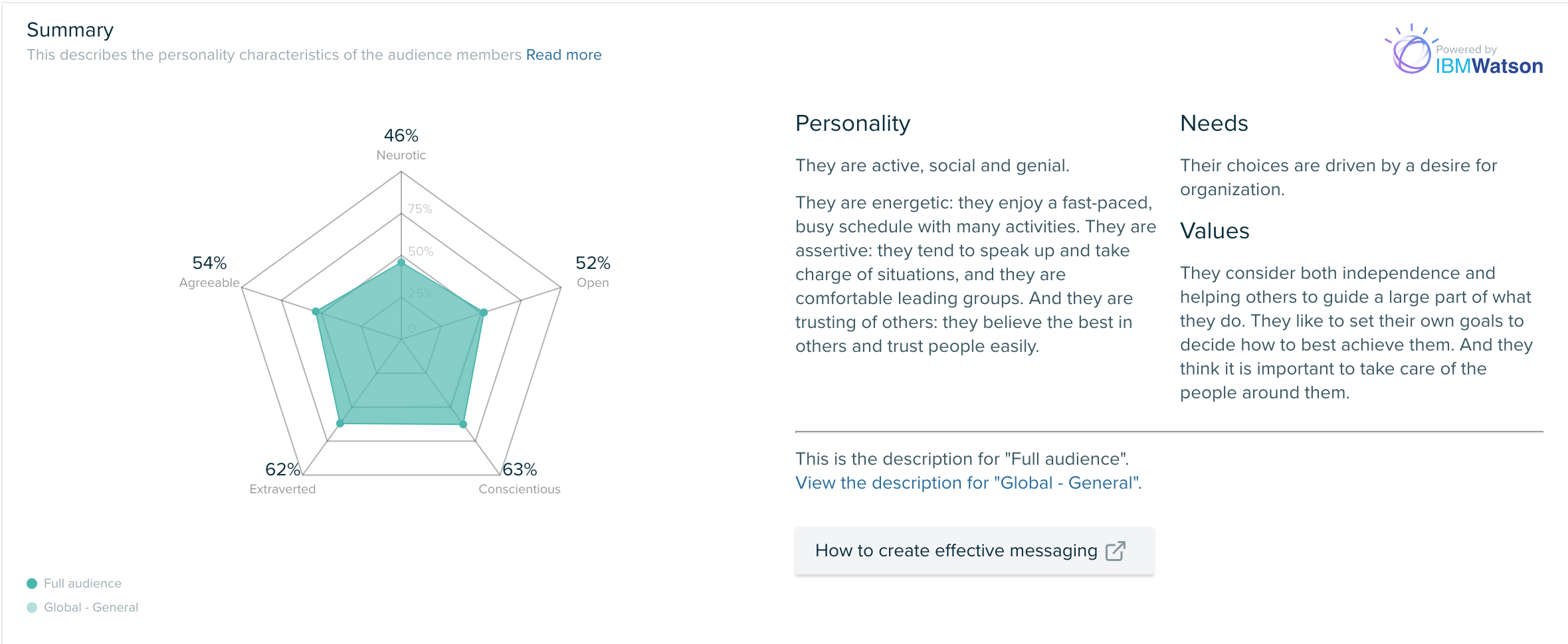
From our example, you can see that HR professionals like organization and value both goal-setting and helping those around them. This can help you expand on any pain points or potential topics of discussion discovered during your earlier sales research.
Now that you’ve done your research, it’s time to put your insights into action.
Account-based marketing tactics for Twitter
B2B marketers can utilize Twitter not just to attract customers but to engage with the broader community and increase brand awareness. Twitter offers the opportunity to better understand your customers and meet them where they are online.
In this section, we’ll detail some Twitter-specific tactics to add to your account-based marketing strategy.
Twitter Ads
Compared to other social media platforms, Twitter ads have a few benefits.
Twitter behavioral targeting allows you to target users as they use the app natively. You can target a user when they perform actions like following a competitor. You can get granular with this and layer inclusions or exclusions.
Example:
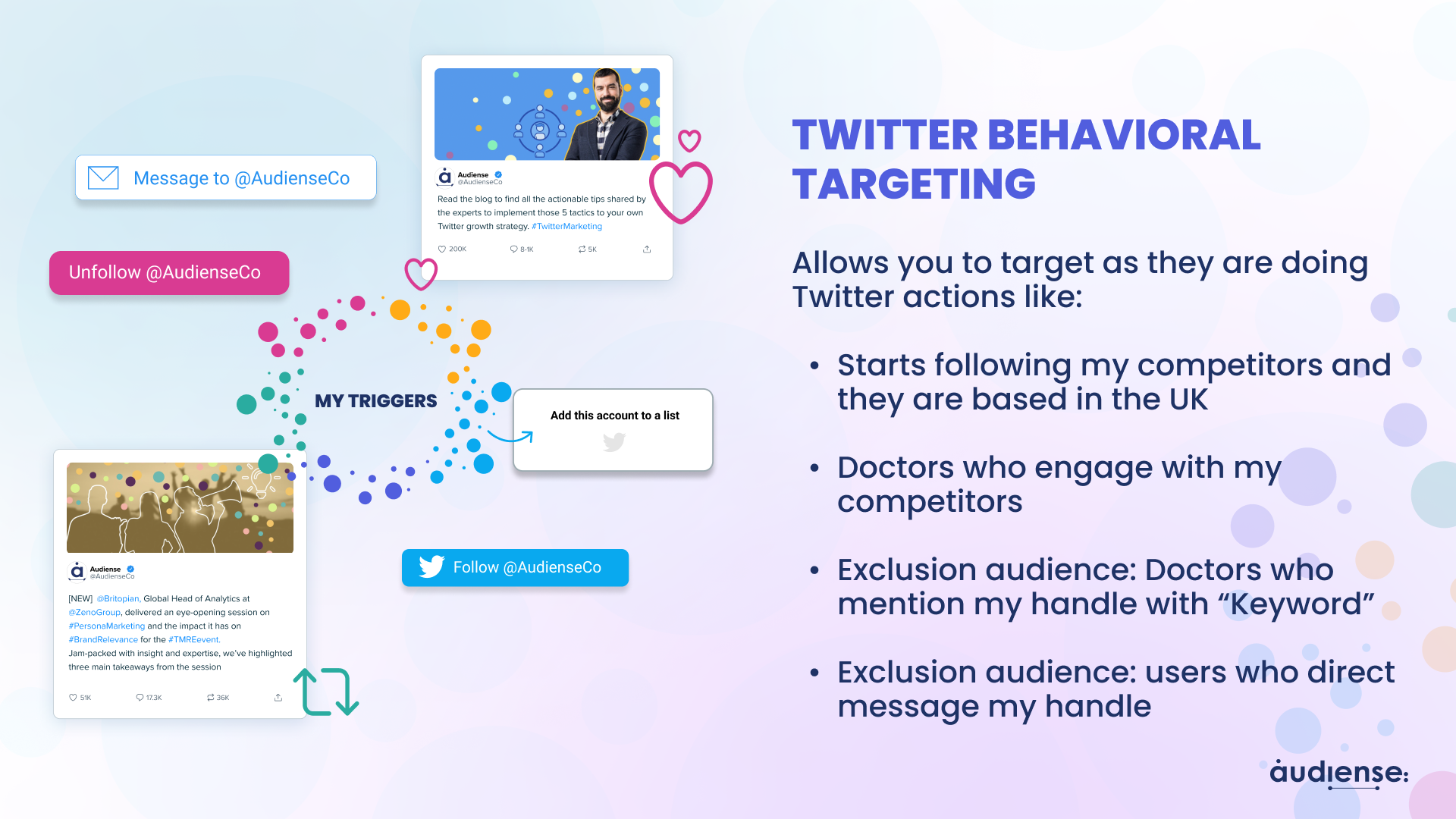
You can map audience data to relevant messaging depending on their behavior.
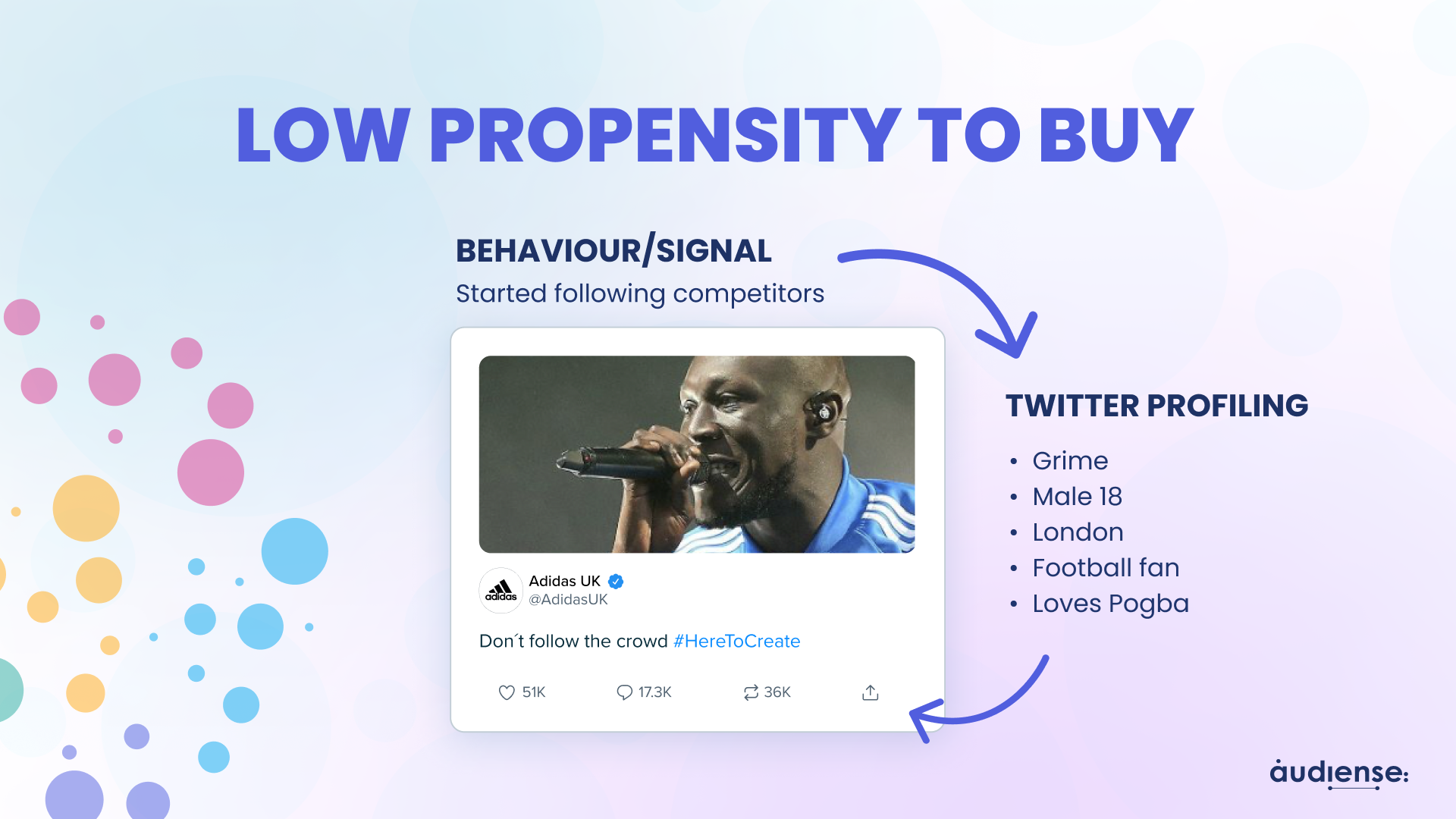
Someone who has just followed a competitor has a lower propensity to buy, so the ad that would show up on their feed is targeted to show then this post.
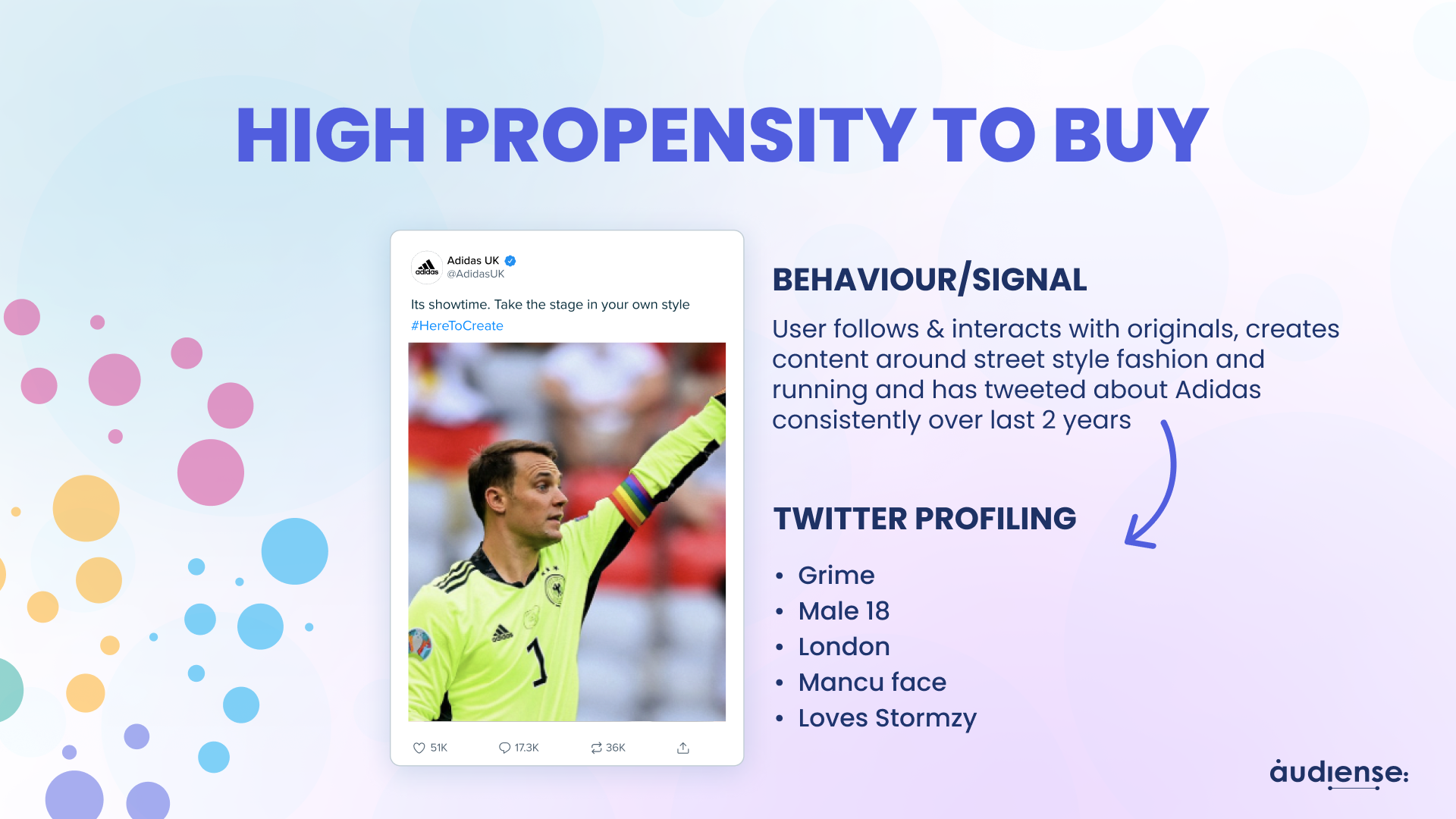
Someone who has taken a lot more actions has a much higher propensity to buy and is served a corresponding ad.
Twitter Lists
Twitter Lists are a way for you to organize your Twitter feed by grouping accounts into categories. You can either create a list yourself or follow lists that other people have already created.
We recommend you create a Twitter list of your target customers, companies, and leaders in the space. (Heads up, this will notify them so title your list carefully!) Once you’ve set up your list, use it to regularly engage with their posts and join the conversation.
Tweets
Take that research about your customers’ needs and pain points to create content that speaks directly to them.
Some Twitter posts for inspiration:
- Post about specific pain points across your targeted customer base.
[Example] HR Leader problem: training for their recruiters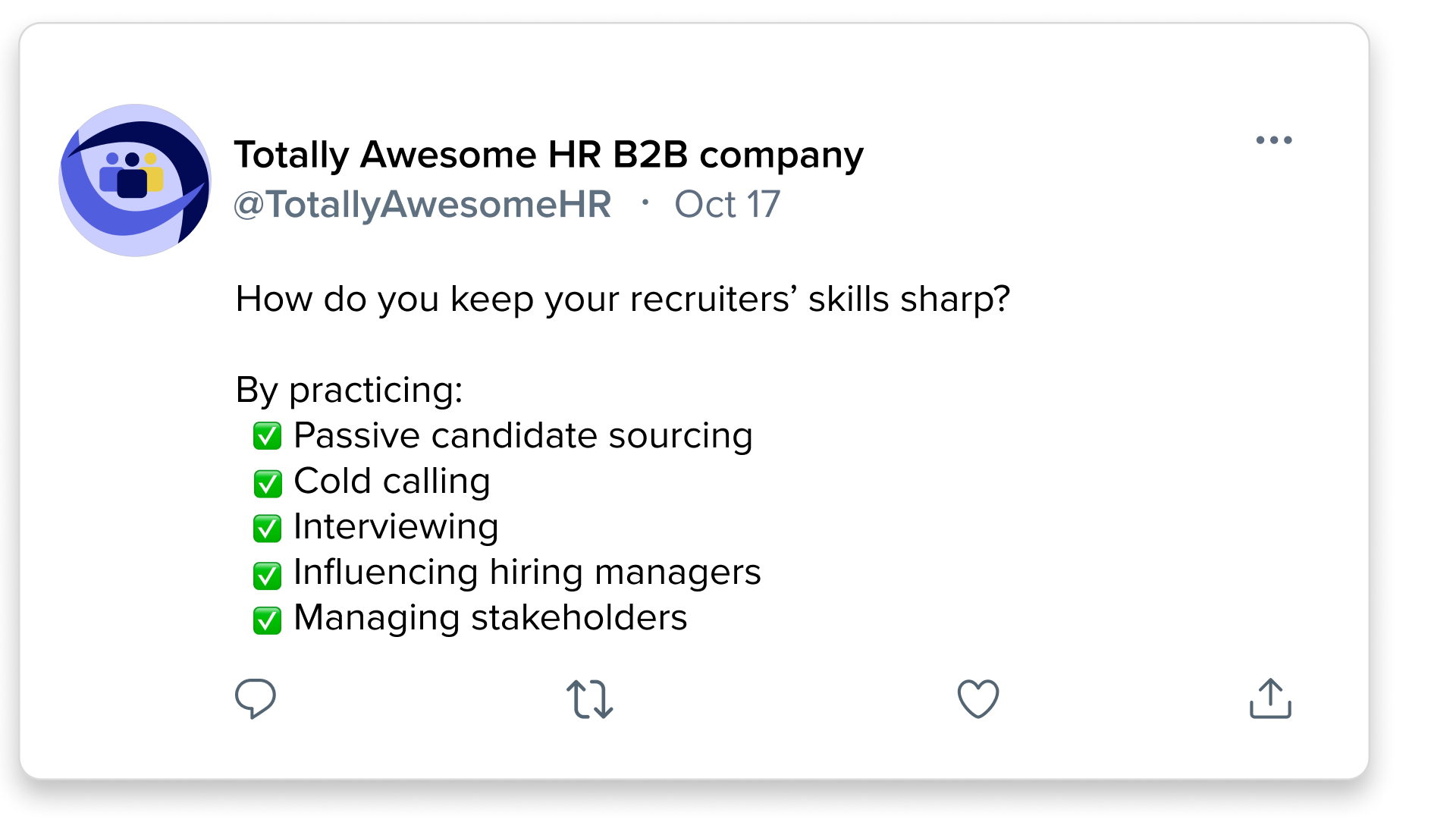
- Answer a FAQ.
[Example] HR customer FAQ: running payroll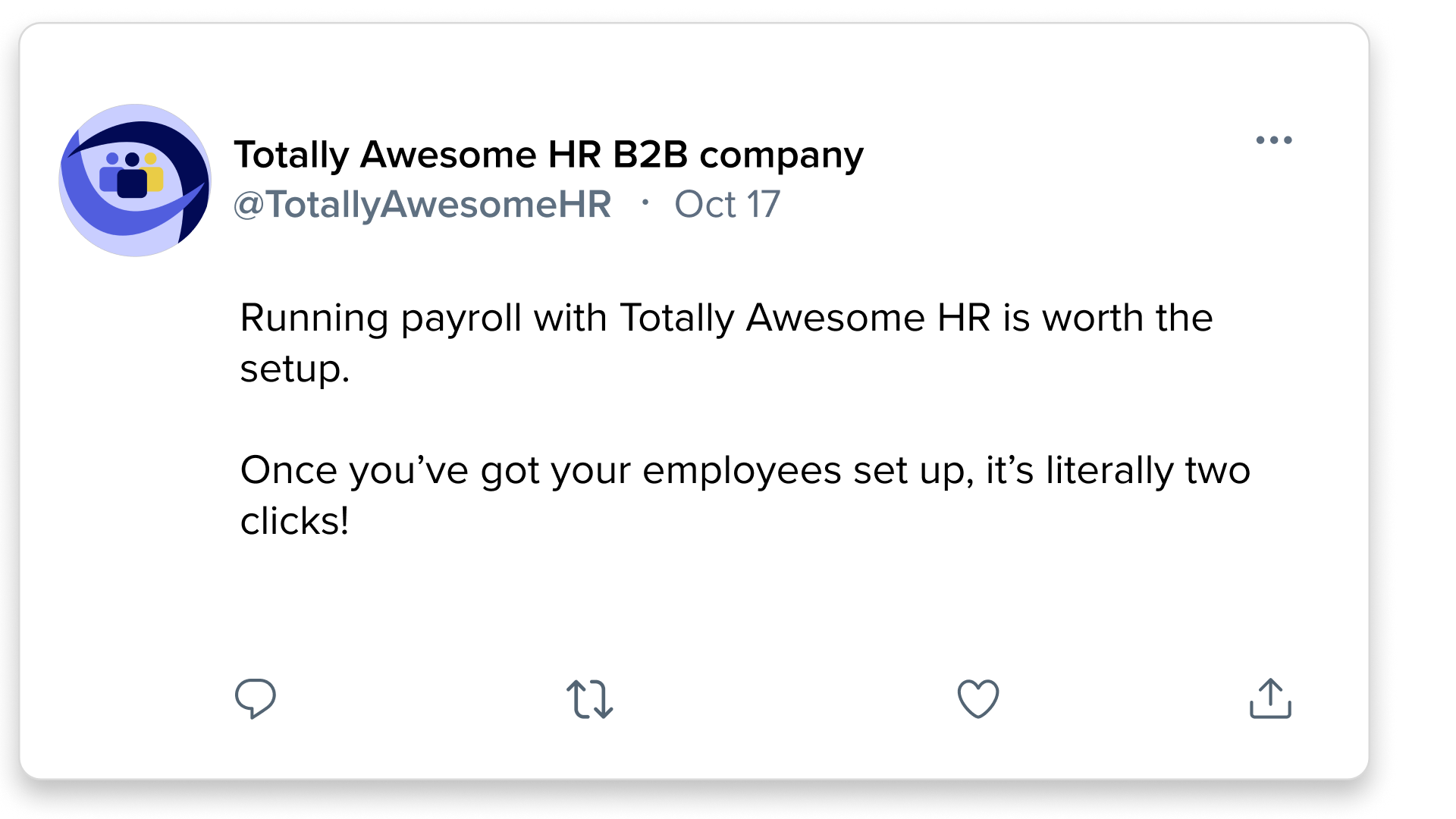
- Hone in on a specific industry niche problem point.
[Example] HR problem point: leadership training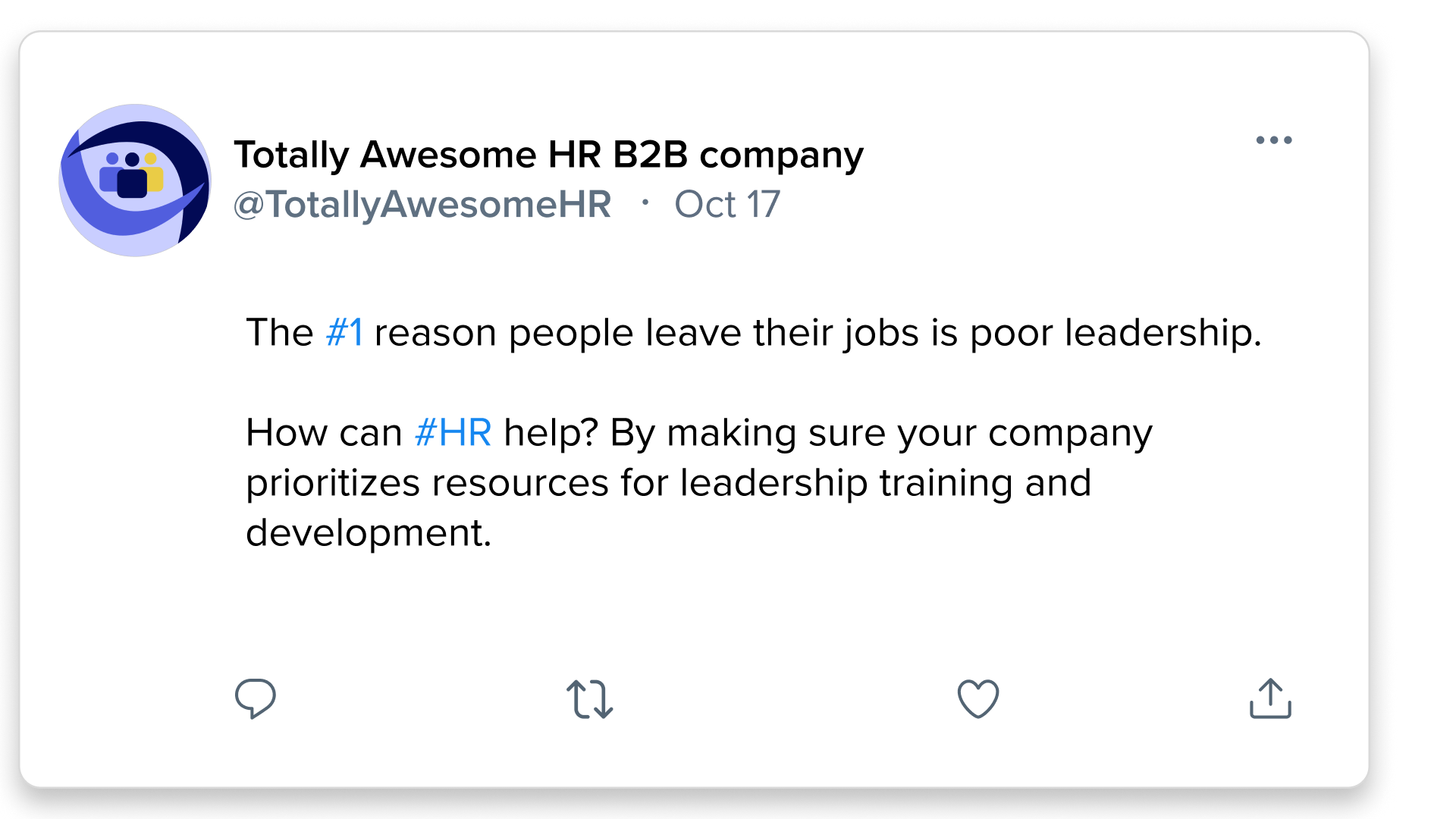
- Talk about the needs of a company of a specific size or growth stage.
[Example] HR need: a small organization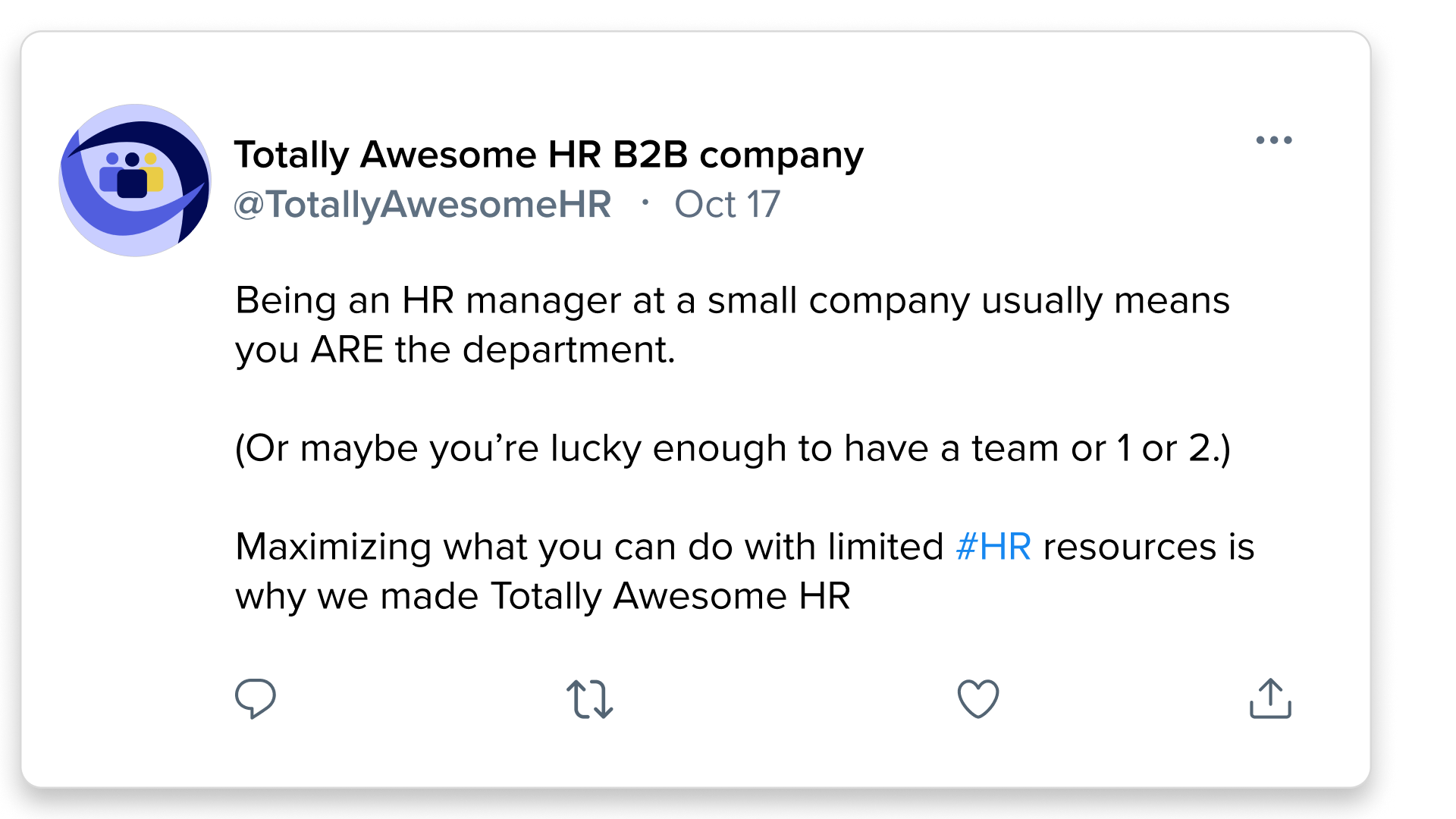
- Tag customers in posts highlighting the problem you solved for them.
[Example] HR need: a small organization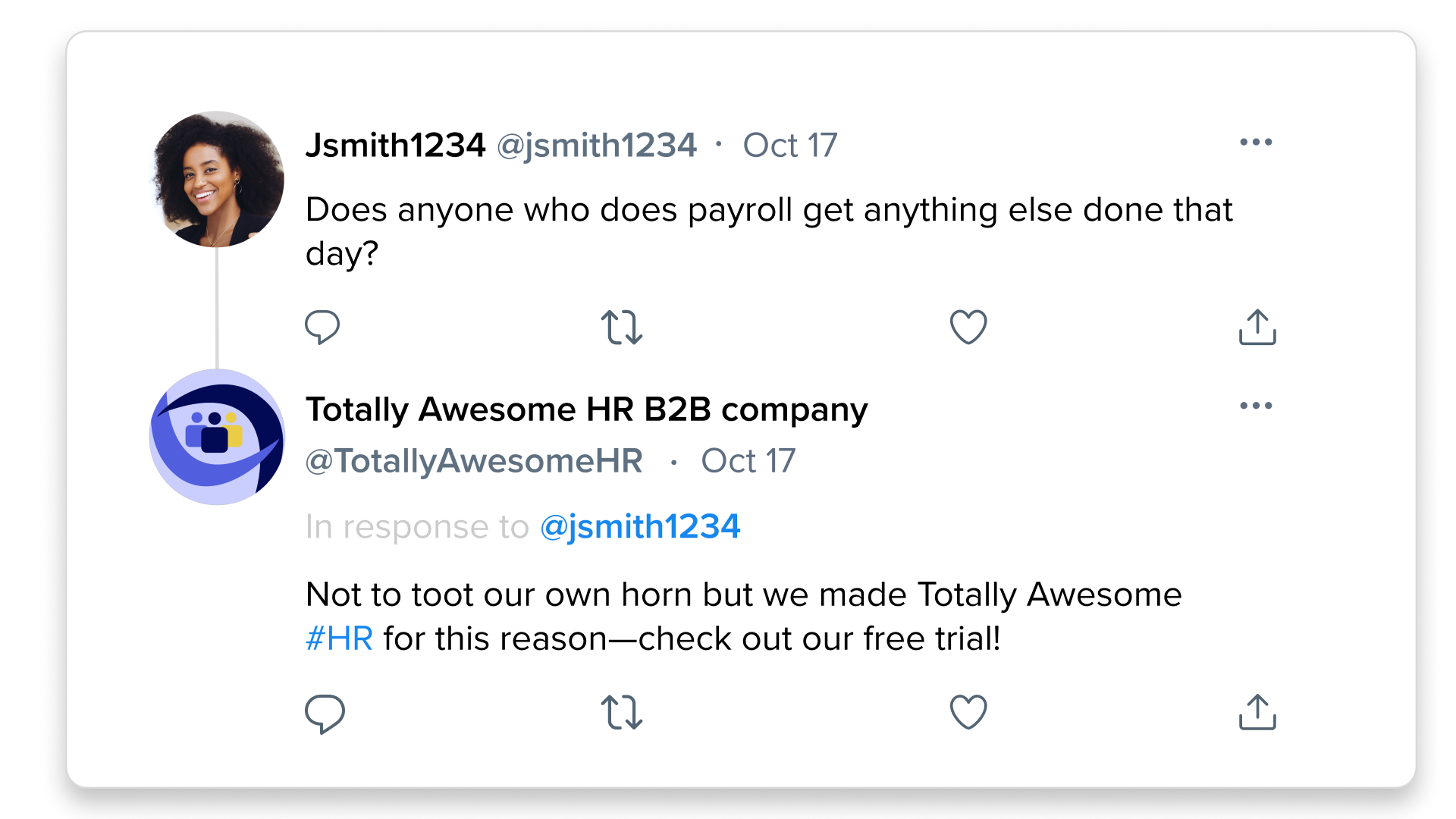
We hope these examples have given you the inspiration to apply these tactics to your brand's account-based marketing strategy.
Key Takeaways
- The first step in any successful account-based marketing strategy is to have a clear understanding of your ideal customer. Collaboration between marketing and sales can help you achieve this.
- Once you’ve laid out the details of your customers and their organizations, you can dig deeper into your customers and their online behavior.
- Using the Twitter lists tool enables you to create a feed of customers and influencers to engage with.
- By putting your audience research to use, you can create tailor-made tweets that speak directly to your prospects and their pain points.
Looking for more insights like this? Join 30K+ marketers and analysts to stay on top of the trends & opportunities shaping the media, marketing, and creative industry. Subscribe and start Audiense free today.






